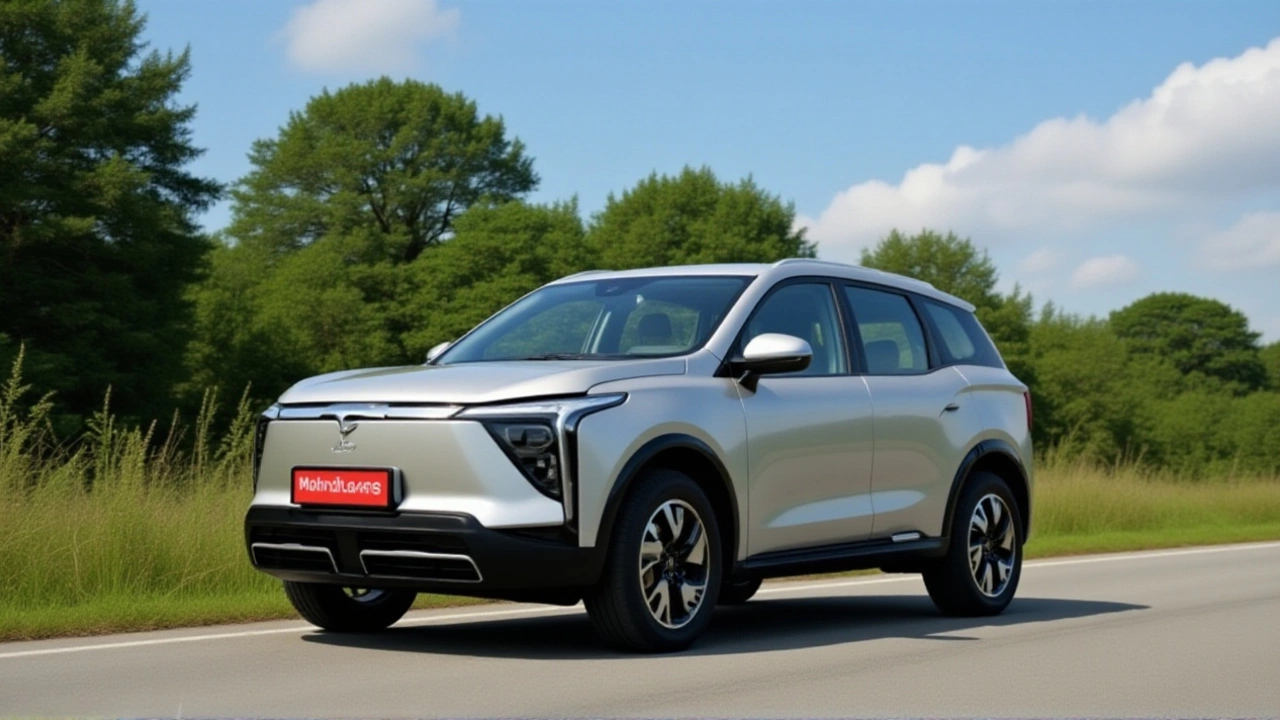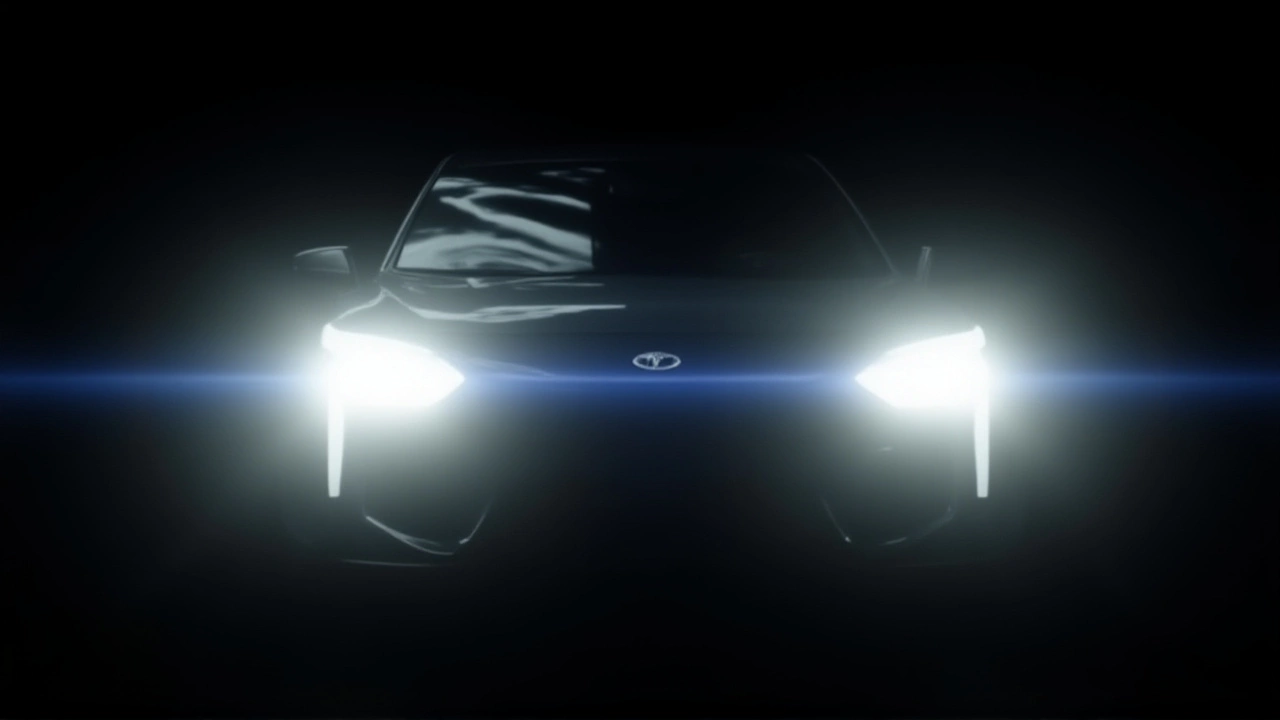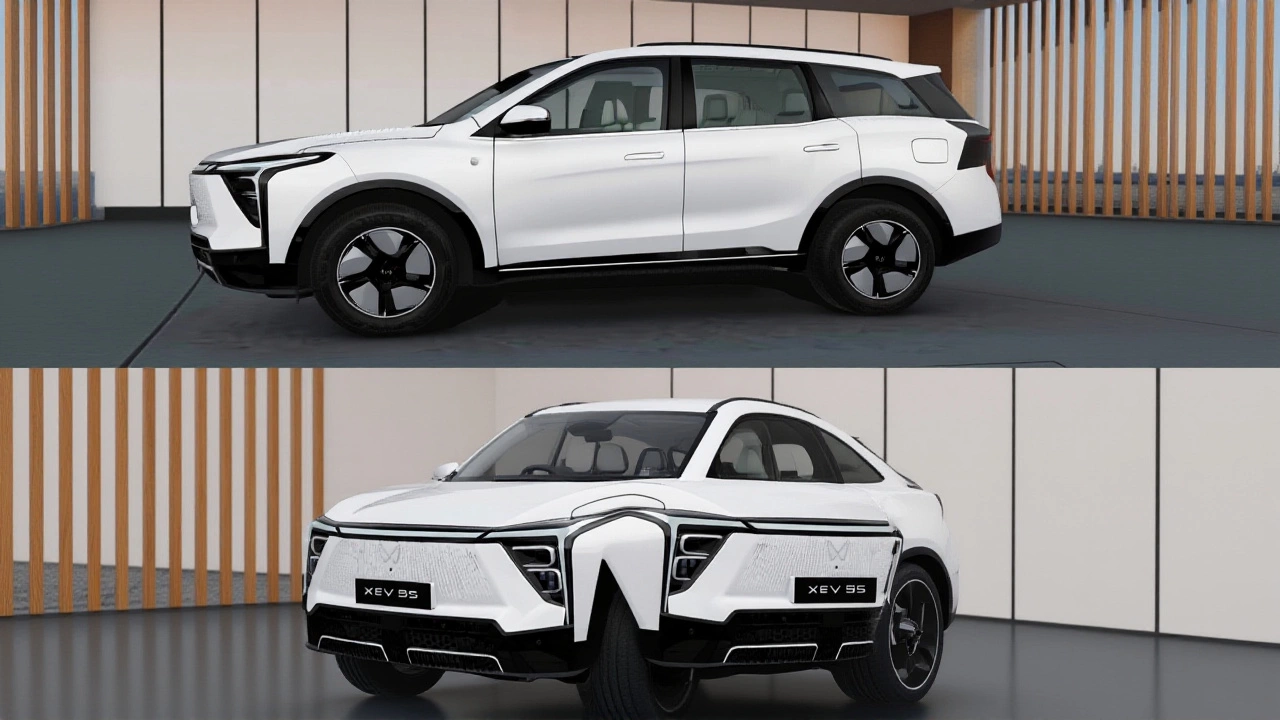When Mahindra & Mahindra unveiled its Mahindra XEV 9S on November 27, 2025, it didn’t just add another electric vehicle to its lineup—it rewrote the rules for Indian families seeking space, performance, and sustainability in one package. Starting at ₹19.95 lakh ex-showroom and climbing to ₹29.45 lakh for the top variant, the XEV 9S is India’s first 7-seater premium electric SUV built on the company’s dedicated INGLO platform. And here’s the twist: it’s not just competing with other EVs—it’s redefining what a family car can be.
Why This Matters to Indian Families
For years, Indian buyers have been stuck choosing between fuel-efficient compact EVs like the Mahindra XEV 9e or bulky, gas-guzzling 7-seaters like the Toyota Innova. The XEV 9S bridges that gap. With its 7-seat configuration, 500 km real-world range on the top-spec 79 kWh battery, and 0-100 km/h in just 7 seconds, it’s designed for urban professionals who need room for kids, groceries, and weekend getaways—all without a single drop of petrol. The running cost? A mere ₹1.20 per km. Maintenance? Just 40 paise per km. That’s cheaper than a scooter for daily commuting.
Specs That Shock Even EV Skeptics
The XEV 9S doesn’t just look premium—it performs like one. The top-end model packs a 79 kWh battery delivering 280 bhp and 380 Nm of torque, propelling the 2,200 kg SUV to a top speed of 202 km/h. That’s faster than many sports sedans. It’s paired with an intelligent brake-by-wire system, variable gear ratios for smooth acceleration, and 205 mm ground clearance to handle India’s uneven roads. Safety isn’t an afterthought either: seven airbags, ADAS features, and a rigid INGLO chassis make it one of the safest EVs in its class.
Under the hood, it’s not just about power. Mahindra’s engineers focused on efficiency. The 59 kWh, 70 kWh, and 79 kWh battery options cater to different needs—commuters, road-trippers, and fleet operators alike. The 79 kWh variant, which delivers up to 500 km of real-world range, is the star. Unlike some EVs that boast lab-tested numbers, Mahindra claims these figures come from real-world testing across Indian conditions—monsoon rains, highway cruising, and city stop-and-go traffic.
Market Positioning: Directly Challenging Tata and Kia
The XEV 9S doesn’t play nice. It’s squarely aimed at the premium 7-seater segment, putting it in direct competition with the upcoming Tata Safari EV and the already-available Kia Carens EV. But here’s the key difference: the XEV 9S is built from the ground up as an EV, not adapted from an ICE platform. That means better weight distribution, lower center of gravity, and more interior space. The ‘S’ in XEV 9S? Mahindra says it stands for ‘Space’—a nod to its roomy third row, which can actually fit adults without cramping.
It also slots above the Mahindra BE 6 and XEV 9e, creating a clear hierarchy in Mahindra’s EV lineup. For business owners, there’s an added incentive: a 40% depreciation benefit under Indian tax rules, making it an attractive fleet option for startups, ride-hailing services, and corporate shuttles.

Booking and Delivery Timeline: A Strategic Rollout
Bookings open on January 14, 2026, with deliveries starting January 23, 2026. That’s a tight window—just nine days between booking and first deliveries. It suggests Mahindra has already built up significant pre-orders and has its supply chain ready. The company is launching six variants: Pack One, Pack Two, Pack Three, and their ‘Above’ upgrades, each with different battery and feature bundles. The base Pack One Above (59 kWh) starts at ₹19.95 lakh, while the fully-loaded Pack Three Above (79 kWh) hits ₹29.45 lakh.
What’s notable is the timing. This launch comes just as the Indian government is pushing for EV adoption in commercial fleets and tier-2 cities. With GST concessions and state-level incentives still in flux, Mahindra is betting on the car’s value proposition to drive demand—regardless of policy.
What Makes the INGLO Platform a Game-Changer?
Unlike many automakers that retrofit ICE platforms for EVs, Mahindra’s INGLO platform was designed from scratch for electric powertrains. This allows for a flat floor, optimized battery placement, and better cabin space utilization. It’s the same platform used in the XEV 9e, but scaled up for a 7-seater. That scalability is a strategic masterstroke—it reduces R&D costs and speeds up future launches.
And the engineering details? They’re thoughtful. The 79 kWh battery is housed under the floor, contributing to a low center of gravity. The dual-motor setup (on higher trims) enables all-wheel drive without the weight penalty of a traditional mechanical system. Even the charging speed is impressive: 10% to 80% in under 30 minutes on a 150 kW DC fast charger.

What’s Next for Mahindra’s EV Ambitions?
This isn’t just a product launch—it’s a statement. With the XEV 9S, Mahindra signals it’s no longer playing catch-up in EVs. It’s leading. The company has already announced plans for a smaller 5-seater EV based on INGLO, and rumors suggest a luxury variant with autonomous driving features could arrive by 2027. For now, the XEV 9S is its flagship. And if sales meet projections (estimates suggest 1,500–2,000 units monthly), it could become India’s best-selling premium EV within a year.
Frequently Asked Questions
How does the Mahindra XEV 9S compare to the Kia Carens EV in terms of range and price?
The Kia Carens EV, currently India’s only other 7-seater EV, offers around 400 km of range on its 61 kWh battery and starts at ₹22.5 lakh. The XEV 9S undercuts it on price (starting at ₹19.95 lakh) and beats it on range (up to 500 km) and power (280 bhp vs. 190 bhp). It also has more advanced safety tech and a dedicated EV platform, giving it a structural advantage.
Is the Mahindra XEV 9S eligible for government EV subsidies?
Yes, the XEV 9S qualifies for FAME II subsidies if it meets the minimum range and price thresholds. While exact subsidy amounts vary by state, buyers in Delhi, Maharashtra, and Karnataka can expect ₹1.5–2 lakh off the ex-showroom price. Combined with the 40% depreciation benefit for businesses, the effective cost can drop below ₹27 lakh even for the top variant.
What’s the warranty coverage for the battery and motor?
Mahindra offers an 8-year or 160,000 km warranty on the battery and electric motor—among the longest in the Indian EV market. This covers capacity degradation below 70%, which is critical for long-term ownership. Most competitors offer 5–6 years, making Mahindra’s coverage a major selling point for cautious buyers.
How does the XEV 9S handle Indian road conditions?
With 205 mm ground clearance, a reinforced underbody, and adaptive suspension tuning, the XEV 9S is built for Indian potholes, speed breakers, and rural stretches. The brake-by-wire system also adjusts braking force dynamically based on road surface, reducing wheel lock on wet or gravel roads. Real-world testing included routes from Leh to Kochi to ensure durability.
Can the XEV 9S be charged at home, and how long does it take?
Yes, it comes with a 7.2 kW onboard charger for home use. A full charge from empty takes about 9–10 hours on a standard 15-amp socket. With a 150 kW DC fast charger, it hits 10–80% in under 30 minutes. Mahindra is also offering free home charging installation for the first 10,000 buyers, a rare perk in India’s EV market.
Why is the XEV 9S priced higher than the Tata Safari EV, even though Tata is a bigger brand?
The Tata Safari EV is expected to be based on its existing ICE platform, which limits efficiency and space optimization. The XEV 9S, built on the dedicated INGLO platform, offers more advanced tech, better weight distribution, and a longer range. Mahindra is charging a premium for engineering superiority—not brand recognition. Early buyers are treating it as a tech investment, not just a car.
